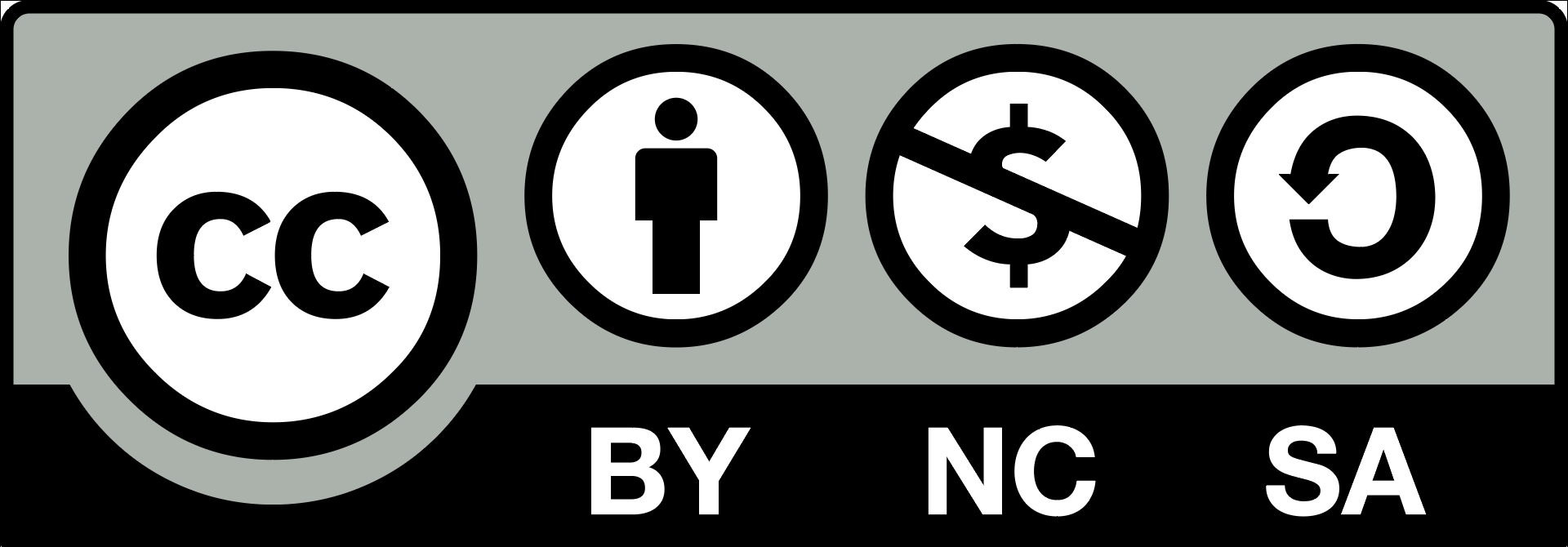ONLINE EXAMS AND ASSESSMENTS WITH ADAM
2.2
Example scenarios for examinations and assessments with ADAM
ADAM offers a wide range of examination and assessment options. The following are examples of scenarios that are particularly suitable for the implementation on ADAM.
Non-simultaneous take-home exam
Written exam, which is not taken at the university but at home during a specific period (i.e. non-simultaneously).
-
Students can use course material, literature and the web for their work.
-
Suitable are interesting, open questions that require creative thinking; the aim is to apply knowledge, to understand contexts, to judge a context based on given criteria and/or to create something new.
-
Specify scope and submission and deadline for a given work.
-
Individualised tasks and the reflection of one’s own thinking / learning process and personal statements reduce the risk of fraud.
Example exercises:
-
Case studies with questions
-
Review of scientific articles (summary and evaluation)
-
Response papers
-
Image analyses
Implementation with ADAM: Module Exercise or Postbox Folder (Postbox Folder only suitable for a maximum of 30 students)
Alternative implementation: Email
Simultaneous take-home-exam
Online exam at a defined date (simultaneous) with open and/or MC questions.
-
Focus questions on knowledge application rather than knowledge retrieval.
-
Allow for more time to complete the test than in a non-digital setting.
-
If there are more than 30 students, please note that not all students start and hand in the exam at the same time. In ADAM, specify how much time is available for processing the exam, but choose a time frame in which students can start the exam.
-
For capacity reasons, it is not possible to run tests with random selection and order of questions from the question pool for large groups (more than 30 students).
-
Decide how to prepare the students for an open-book-exam (e.g. by a test simulation).
Implementation with ADAM: Module Test (possibly module Question Pool), max. 300 students; if there are more than 30 students taking the test, please consider the corresponding guidelines given above.
Implementation with EvaExam: See Chapter 3
Formative tests and quizzes
Students complete tests and quizzes during the semester to test their level of knowledge.
-
By means of automatic corrections and feedback, students receive hints on whether they have understood the contents or if there are topics they should study more thoroughly.
-
Communicate how many tests with what proportion of correct answers have to be taken to pass the assessment.
-
If necessary, use the possibility to take a test several times and to randomize questions.
Implementation with ADAM: Module Test (possibly module Question Pool)
Collaborative learning: jointly developing contents online
The students write online contributions on a given topic.
-
Define criteria for the content of these contributions in advance.
-
If necessary, define a minimum number of contributions; but quality before quantity.
-
In a second step, the contributions are interlinked with each other.
Examples:
-
Preparing of a main topic divided into sub-topics
-
Excerpts from scientific texts
-
Seminar protocols
-
Bibliography
-
Glossary entries
Implementation with ADAM: Module Wiki
Collaborative learning: conducting asynchronous discussions online
The students discuss a given topic or problem – in written form.
-
Define in advance criteria for the content of these contributions
-
If necessary, define a minimum number of contributions; but quality before quantity
-
Set a time frame for the discussion
Examples:
-
Pro and contra discussion
-
Peer questions and/or peer feedback on the students’ contributions, each inserted as a new topic
Implementation with ADAM: Module Forum (for example, the students’ contributions can be inserted as a file in a new topic)
Online portfolio
The students present their individual learning process and/or their skills and achievements in an online portfolio.
-
Example Learning diary: Students regularly process the conveyed course contents in written form – in order to deepen contents individually or to reflect on their learning process. This can be supported by “prompts” that address both a cognitive and a metacognitive level.
-
Example Final portfolio/presentation portfolio: In a portfolio, students summarize their achievements during the semester, e.g. essays, discussion contributions, wiki contents. This can be combined with a written reflection on what has been learned and/or an oral examination.
Implementation with ADAM: Module Portfolio, possibly with Portfolio Template and text media editor; or module Exercise with a pre-structured Word document as template.

